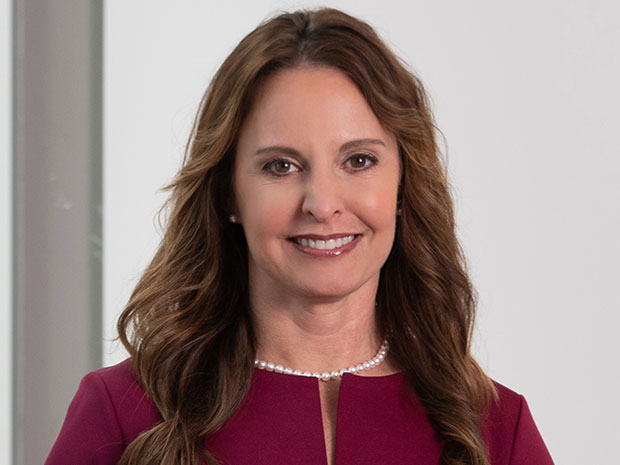Historically low interest rates are providing a rare opportunity for many businesses in the pandemic-depressed economy to access low-cost capital and make long-term strategic investments in technology and other improvements, such as upgrades to their facilities, writes RSM US Chief Economist Joe Brusuelas.
Should hospitals and other health care providers take advantage of this exceptional time to borrow and invest?
Opportunities for balance sheet strengthening and proactive planning
We expect that other ecosystems, such as manufacturing, will make significant investments in advanced robots, automation and training to address increased demand and a shortage of skilled labor. Should health care respond to the incredible change we’re witnessing in a similar manner?
The temporary regulatory environment in which health care currently operates complicates the answer to this question. The pandemic led to many waivers of existing telehealth regulations and reimbursement, so the future state of these areas is uncertain. Meanwhile, providers continue to grapple with COVID-19 hospitalizations, new virus strains, local vaccination efforts and social distancing best practices.
What is certain, however, is that patient demands will continue to drive change within the ecosystem. Patients have long wanted a more customized, transparent, value-added and on-demand health care experience. The pandemic thrust virtual care onto millions of Americans and thousands of physicians, showing them that we’re closer to a consumer-driven health care model than they may have realized. The digital health genie is out of the bottle.
Health care executives and organizations face a unique challenge as the economy reopens: They must simultaneously continue existing operations that are critical to the pandemic war effort while positioning themselves for an unprecedented shift in how business operates—not only within health care, but across all ecosystems.
Fortunately, the interest rate environment has rarely been more accommodating. Some health care providers and payers may find themselves in a position where they can invest in the initiatives of the future: improved analytics technology and information exchanges, telehealth platforms and natural language processing technology, outpatient facilities with socially distant (or non-existent) waiting rooms, or even acquisitions, to name just a few.
We encourage other health care providers and payers, particularly hospitals and health systems on the COVID-19 frontlines, to use this time to shore up balance sheet strength as part of a broader effort to position their organizations to rapidly respond once the future regulatory and reimbursement environment becomes more certain.
Why invest now?
Global monetary and fiscal reaction to the COVID-19 pandemic has pushed rates, including muni rates, to some of the lowest levels seen in decades. Globally, there exists $16.2 trillion of outstanding debt with a negative stated yield. Meanwhile, the Fed, the European Central Bank, the Bank of England and other central banks have committed to accommodative interest rate policies for at least the next few years. The ratio of 10-year municipal yields against equivalent treasury yields is currently hovering around 62%, the lowest since Bloomberg began tracking this ratio in 2001. Prior to the declaration of the public health emergency, the ratio had only briefly dropped below 80%, in late 2019.






